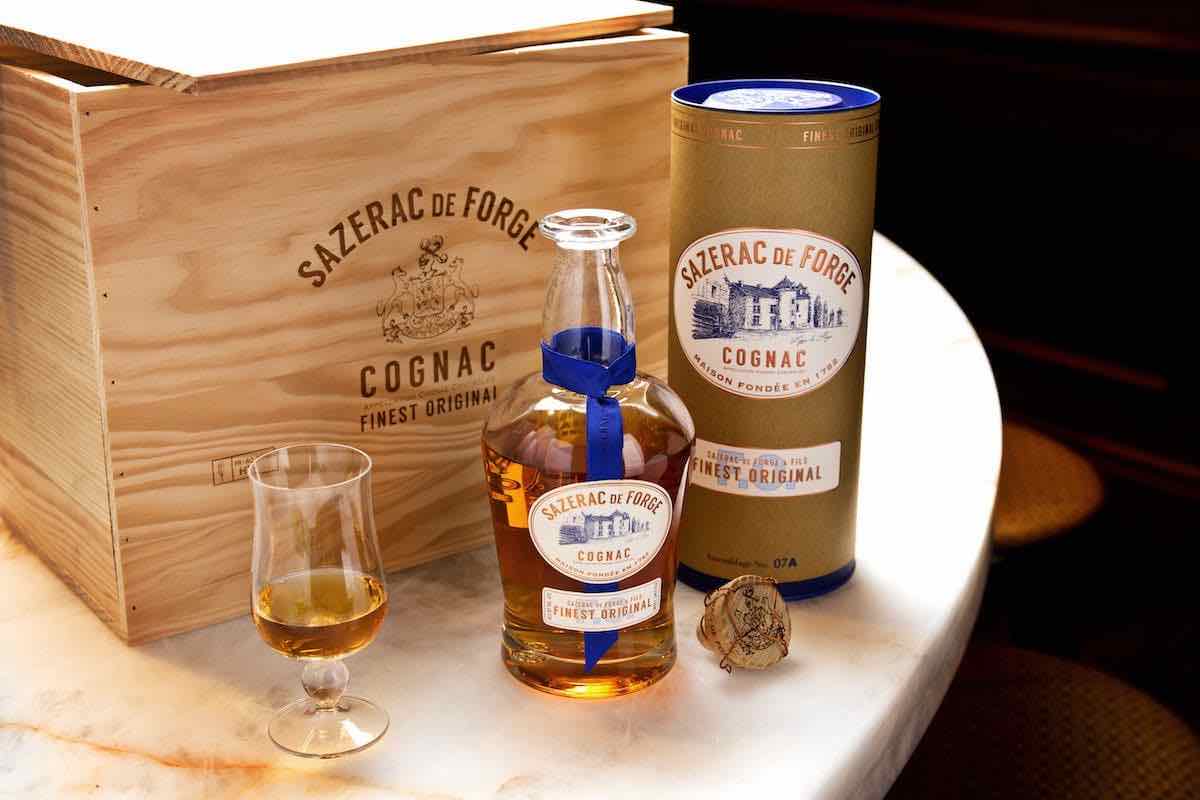Up there with the library of Alexandria and the original cut of Fritz Lang’s Metropolis, pre-phylloxera cognac is one of the great historical unknowns. For those unfamiliar, phylloxera is a near-microscopic insect native to North America that is to grapevines what termites are to wood. Suffice to say, if your livelihood involves cultivating grapes in any way, they’re the last thing you want to attract.
French winemakers discovered this the hard way in the mid-19th century, when the introduction of phylloxera to the continent by disputed means (some say it was an unwitting steamship passenger, others suggest it was imported by Europeans toying with American vines) catalyzed the “Great French Wine Blight” that saw 85% of the nation’s grape crop wiped out over 25 years. While French wine growers eventually bested the bug by grafting European vines to phylloxera-resistant American rootstock, the damage caused would reverberate for generations.
And not just to wine. The cognac industry (which, after all, distills its product from wine) was rocked on its heels, and afterward never quite returned to the pre-phylloxera status quo. The effects were wide-ranging outside of France, too. Since cognac served as the base spirit to many early American cocktails including the Sazerac, the spirit’s scarcity following the calamity saw homegrown spirits like rye and bourbon take its place.

But in 2022, we may finally have a chance to experience the spirit as those early 19th century drinkers would have known it, thanks to the release of Sazerac de Forge & Fils by the Sazerac Company. Its name, French for “First and Original,” is the same title given to the first shipment of Sazerac Cognac that reached American shores in 1782.
To recreate the spirit, Sazerac used a blend of cognacs constituted of older and rarer grape varietals, in keeping with the category’s pre-blight character.
“Throughout the process of blending the new Sazerac de Forge & Fils ‘Finest Original’ Cognac, we looked to the original Sazerac de Forge & Fils Cognac for inspiration. The original cognacs were mostly blended using native grape varieties, including Folle Blanche and Colombard. But afterwards, and still to this day, the vast majority of cognacs are made from a single grape variety—Ugni Blanc—the grape that recovered from the late-1800s Phylloxera epidemic most readily,” said Clive Carpenter, general manager of Domaine Sazerac de Segonzac, in a press release. “Our blend returns as closely as possible to the original methods of making cognac and contains cognacs from as young as seven years old, bringing freshness and delicacy, to some which date from the 1960s, adding their powerful, rich aromas. It possesses a character and complexity that is almost impossible to achieve using a single variety of grape.”
Having obtained a sample of Sazerac de Forge & Fils, I found that it had a delicate nose with light raisin, a bit of spicy fig, and a touch of earthy grape must with a hint of the vineyard soil beneath. It proved rich and silky on the palate, with gentle flavors of raisin and grape at the start and stone fruits, cherry, and peach at the center. A deeper note of fig emerged at the back, and it finished with oak spice.

But simply listing those tasting notes doesn’t quite capture the essence of Forge & Fils, which I found remarkable for how different it felt from comparable cognacs: it’s lighter, brighter, and just generally closer to the earth versus more robust cognacs with rich and rounded grape flavors. But despite its delicate lightness, it still delivers with a fleshy, substantial presence on the palate.
Naturally, I had to try it in a Sazerac. Despite the spirit’s lightness, it withstood the absinthe-rinse and five shakes of bitters (two Angostura, three Peychaud’s) to transmit its silky texture and light, fresh flavors to create a lighter and nuanced Sazerac that feels a bit closer to the vineyard generally.
Sazerac de Forge & Fils Cognac, which previously had been available only at The Sazerac House in New Orleans, retails for $129.99 and is currently available in New York, California and Illinois, with more states expected to come online in 2022.



